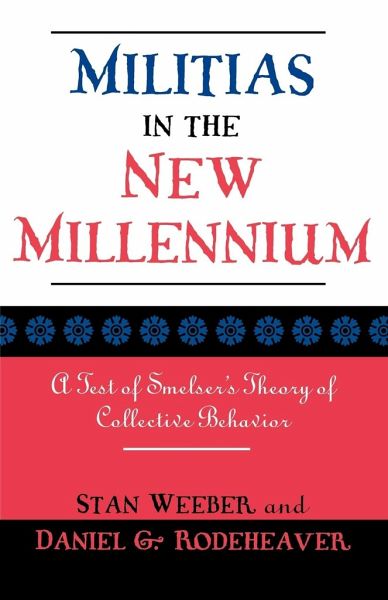
Militias in the New Millennium
A Test of Smelser's Theory of Collective Behavior
Versandkostenfrei!
Versandfertig in 1-2 Wochen
50,99 €
inkl. MwSt.

PAYBACK Punkte
25 °P sammeln!
In Militias in the New Millennium, Stan Weeber and Daniel Rodeheaver examine the state of the U.S. citizen militia movement in the new millennium. Using Smelser's theory of collective behavior, the authors examine the causes, belief systems, and electronic presence of militias, and the efforts of social control agents to contain them.












